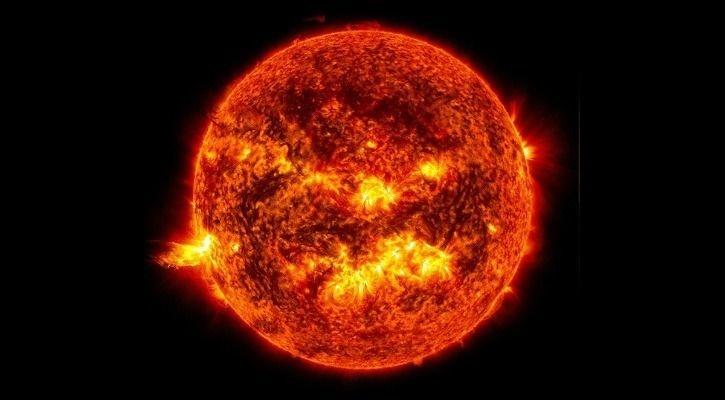No products in the cart.
After Chandrayaan-2, ISRO scientists are all set to launch Sun Mission, read details
Following Chandrayaan-2’s successful launch on Monday, Indian space agency ISRO is planning something big to make yet another history in the future. Yes, the senior scientists are not planning to rest anytime soon as they have already got a lot of work to do to steer India as the best country in space exploration.
The next massive mission has already been planned by our scientists. The mission is Aditya-L1 which is not too far away from the launch as it is set to orbit Sun in 2020 probably in the first half of the year.

The all-important mission will see Indian Space Research Organisation launch a satellite towards the Sun in a bid to examine its corona. This is nothing but the outer layer of the Sun which is extending hundreds of thousands of kilometres.
“How the corona gets heated to such high temperatures is still an unanswered question in solar physics,” the Indian space agency stated on its website while announcing the next mission.
It was only in the last month that ISRO chief Dr K Sivan opened up during a news conference that Aditya-L1 will orbit the Sun at a safe distance, which will be perpetually pointed towards it in order to collect as much information as possible.
“It will always look at the Sun and give an analysis of the corona because it has a major impact on climate change,” he said.
Hang on! This is just a beginning! There is another massive ISRO mission on the cards that will see an upgraded satellite with advanced features departing for the planet of Venus.
Venus is believed to be earth’s ‘twin sister’ due to its similarities in mass, size, composition, density and gravity.
The mission to the planet will concentrate on studying, observing and examining the surface and its sub-surface, atmospheric chemistry and also the interactions with solar radiation or solar winds.
The mission has got many excited. “We have received great response from across the world, and more than 20 payloads planned,” said Isro chairman K Sivan.
“Aditya L1 and Xposat missions have been defined. The rest are in planning stages,” Sivan added. He says that Aditya L1, the Sun mission, may play an important part in understanding and predicting climate change on Earth.
The payloads will further study and observe the solar corona. “Corona has an influence on the upper atmosphere and that impacts climate change on earth. If we can understand the solar corona better, we may be able to predict climate change,” he said.












